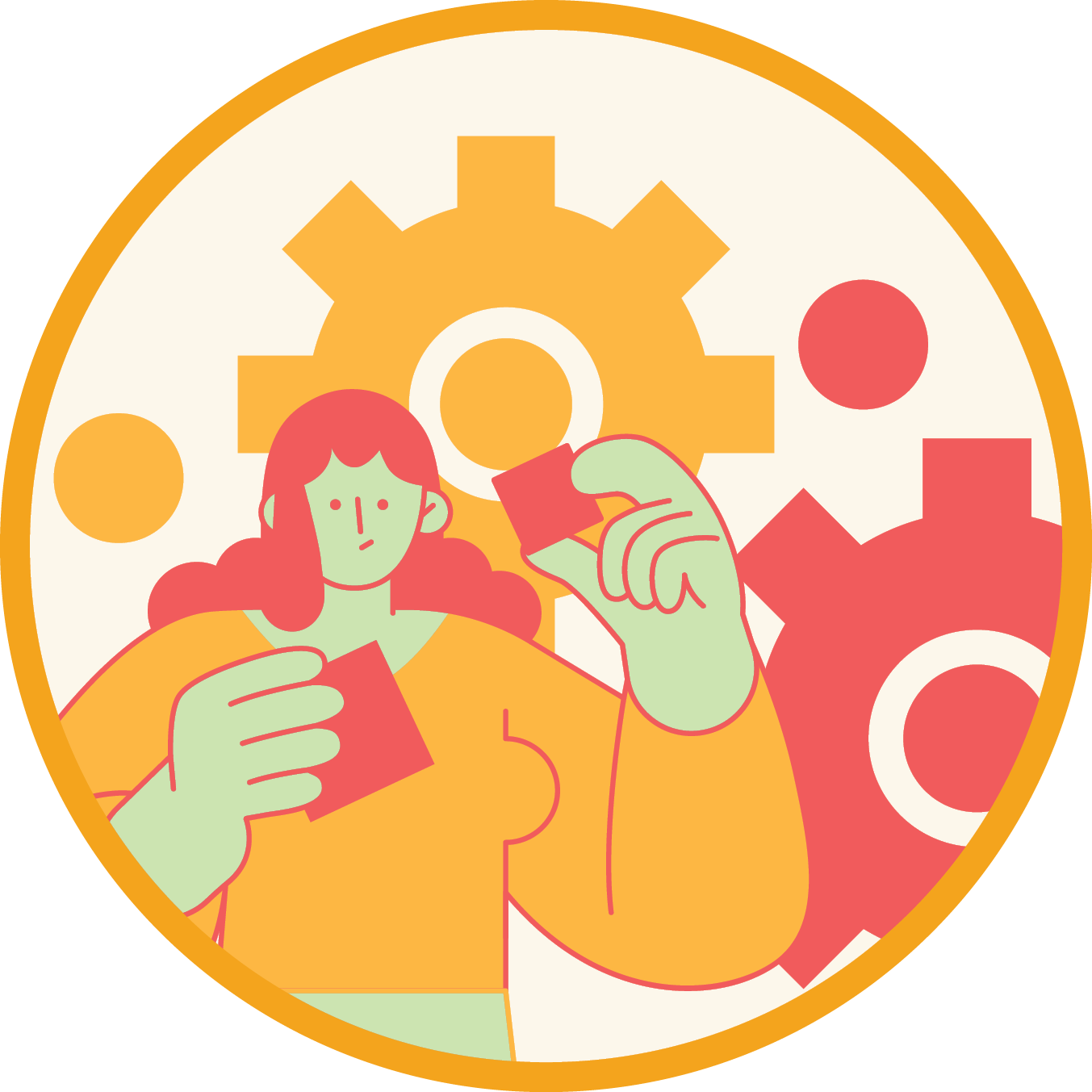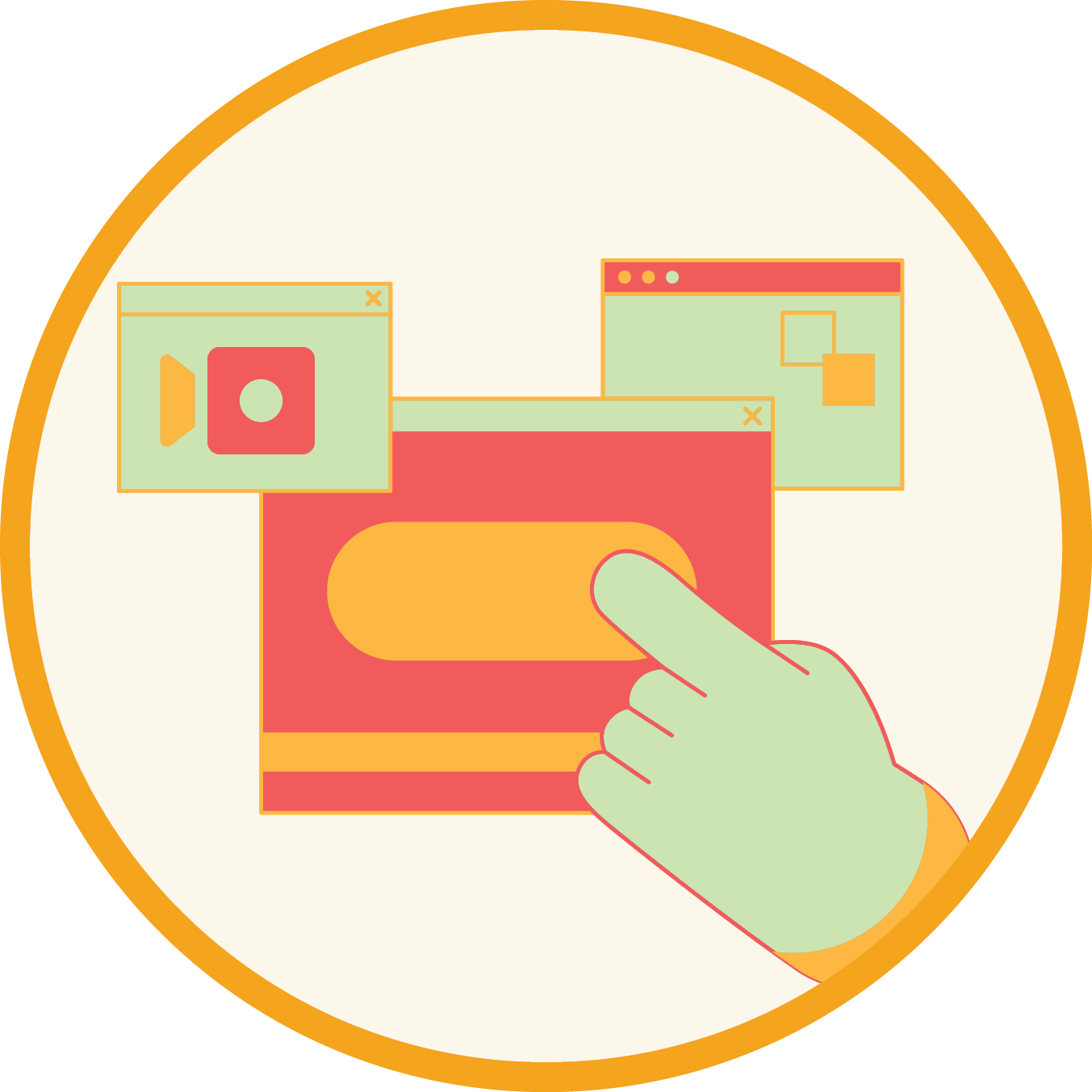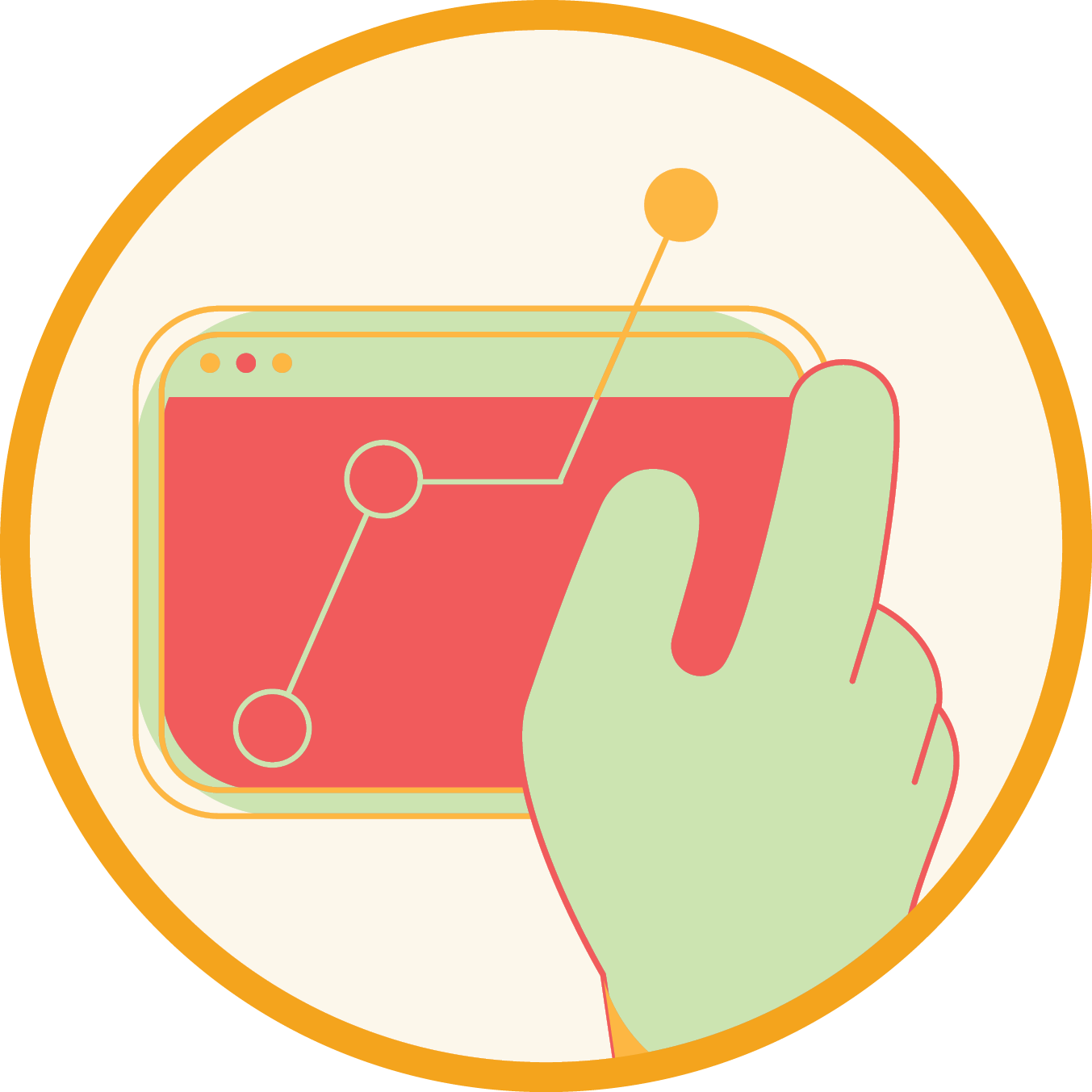

课程项目
学生将在 KTBlocks 系统上构建、测试和发布自己的游戏项目

编码平台
KTCoder 一体化编码平台支持我们的互动在线课程、专业化课程体系,以及学生对学习的热情。

学生答疑辅导时间
答疑辅导时间由我们高素质的助教团队主导。这是帮你的代码获取即时反馈的免费便捷途径。

进度报告
KTBYTE 将通过电子邮件的方式向家长发送学生的课堂表现和成绩报告

结业证书
学生完成每门课程后均可申请结业证书。
課程描述:
想要为您的孩子准备今年的美国计算机科学联盟 (ACSL) 比赛提供支持吗?KTBYTE 提供与我们的竞赛班使用的同样的学习材料,以及 ACSL 答疑辅导帮助!学生可以自己学习这些材料, 在准备小学组比赛时, 可以根据要求获得一对一的答疑帮助。所有学习材料和解决方案都附有时间表,说明如何最好地准备每场比赛。学习资料不符合退款条件。
入班要求
已注册 KTBYTE初级组ACSL团队
Class Description:
想要为您的孩子准备今年的美国计算机科学联盟 (ACSL) 比赛提供支持吗?KTBYTE 提供与我们的竞赛班使用的同样的学习材料,以及 ACSL 答疑辅导帮助!学生可以自己学习这些材料, 在准备小学组比赛时, 可以根据要求获得一对一的答疑帮助。所有学习材料和解决方案都附有时间表,说明如何最好地准备每场比赛。学习资料不符合退款条件。
Prerequisites:
已注册 KTBYTE初级组ACSL团队
Related Classes
Syllabus:
Computer Number Systems
Today we went over the contest format and practiced strategies for Computer Number Systems problems. The optional homework is to try problems 3 and 4 from the Short Answer Questions. If you'd like you can also try the Recursive Functions Problems (1-2), which we'll learn about next week.
Recursive Functions
Today we cover strategies for solving Recursive Function problems and the Branching problem. We start with the Recursive Functions problems (3-4) in the short answer test from 2018-2019.
Contest 1 Programming
Today we practiced solving programming problems from past years' first contests.
Contest 2- Prefix, Infix, Postfix Notation
Today we learned how to solve problems involving prefix, infix, and postfix notation. This type of question appears in problems 1-2 of contest 2.
Contest 2- Bit String Flicking
Today we learned about Bit-String Flicking, a concept that involves some boolean algebra along with other logical operators with 0s and 1s. The notation takes some getting used to, but once you understand it, you'll be able to solve some very interesting ACSL problems!
Contest 2- What Does This Program Do? - Looping
Today we learned about analyzing and solving problems involving pseudo code, a concept that branches off Topic 3 from Contest 1, by adding looping!
More What Does This Program Do? - Looping
Today, we continued with the topic "What Does This Program Do - Looping" to explore some more tricky problems that have come up on previous contests.
Contest 2 Programming
Today we practiced solving programming problems from past years' second contests.
Review for Contest 2
Today, we reviewed for the shorts portion of Contest 2 by completing miscellaneous problems that have shown up on past contests.
Contest 3 - Boolean Algebra
We learned about solving problems involving the first Contest 3 topic, Boolean algebra.
Contest 3 - Data Structures
We learned about solving problems involving the second Contest 3 topic, Data structures. These include queues, stacks, and binary search trees.
Contest 3 - What Does This Program Do? - Arrays
Today, explored some rather tricky Array-Pseudocode problems that have come up on previous contests. As we've said in the past two contests with these types of problems, every problem has a trick to it! Today we will simply add another level of syntax to that idea.
Review for Contest 3 (Session 1)
Today, we reviewed for the shorts portion of Contest 3 by completing miscellaneous problems that have shown up on past contests.
Review for Contest 3 (Session 2)
Today, we continued reviewing for the shorts portion of Contest 3 by completing miscellaneous problems that have shown up on past contests.
Contest 4 - Graph Theory
We explored Graph Theory, which involves a mathematical concept called matrix multiplication.
Contest 4 - Digital Electronics
Today, we learned about solving problems involving the second Contest 4 topic, Digital Electronics. This topic is an extension of Boolean Algebra. In fact, it’s simply a visual representation of Boolean algebra expressions using circuits, so bring all your Contest 3 Boolean algebra knowledge to the lesson!
Contest 4 - What Does This Program Do? - Strings
Today, we explored some rather tricky String-Pseudocode problems that have come up on previous contests. As we've said in the past three contests with these types of problems, every problem has a trick to it! Today we will simply add yet another level of syntax to that idea.
Review for Contest 4
Today, we reviewed for the shorts portion of Contest 4 by completing miscellaneous problems that have shown up on past contests.
课程大纲
Computer Number Systems
Today we went over the contest format and practiced strategies for Computer Number Systems problems. The optional homework is to try problems 3 and 4 from the Short Answer Questions. If you'd like you can also try the Recursive Functions Problems (1-2), which we'll learn about next week.
Recursive Functions
Today we cover strategies for solving Recursive Function problems and the Branching problem. We start with the Recursive Functions problems (3-4) in the short answer test from 2018-2019.
Contest 1 Programming
Today we practiced solving programming problems from past years' first contests.
Contest 2- Prefix, Infix, Postfix Notation
Today we learned how to solve problems involving prefix, infix, and postfix notation. This type of question appears in problems 1-2 of contest 2.
Contest 2- Bit String Flicking
Today we learned about Bit-String Flicking, a concept that involves some boolean algebra along with other logical operators with 0s and 1s. The notation takes some getting used to, but once you understand it, you'll be able to solve some very interesting ACSL problems!
Contest 2- What Does This Program Do? - Looping
Today we learned about analyzing and solving problems involving pseudo code, a concept that branches off Topic 3 from Contest 1, by adding looping!
More What Does This Program Do? - Looping
Today, we continued with the topic "What Does This Program Do - Looping" to explore some more tricky problems that have come up on previous contests.
Contest 2 Programming
Today we practiced solving programming problems from past years' second contests.
Review for Contest 2
Today, we reviewed for the shorts portion of Contest 2 by completing miscellaneous problems that have shown up on past contests.
Contest 3 - Boolean Algebra
We learned about solving problems involving the first Contest 3 topic, Boolean algebra.
Contest 3 - Data Structures
We learned about solving problems involving the second Contest 3 topic, Data structures. These include queues, stacks, and binary search trees.
Contest 3 - What Does This Program Do? - Arrays
Today, explored some rather tricky Array-Pseudocode problems that have come up on previous contests. As we've said in the past two contests with these types of problems, every problem has a trick to it! Today we will simply add another level of syntax to that idea.
Review for Contest 3 (Session 1)
Today, we reviewed for the shorts portion of Contest 3 by completing miscellaneous problems that have shown up on past contests.
Review for Contest 3 (Session 2)
Today, we continued reviewing for the shorts portion of Contest 3 by completing miscellaneous problems that have shown up on past contests.
Contest 4 - Graph Theory
We explored Graph Theory, which involves a mathematical concept called matrix multiplication.
Contest 4 - Digital Electronics
Today, we learned about solving problems involving the second Contest 4 topic, Digital Electronics. This topic is an extension of Boolean Algebra. In fact, it’s simply a visual representation of Boolean algebra expressions using circuits, so bring all your Contest 3 Boolean algebra knowledge to the lesson!
Contest 4 - What Does This Program Do? - Strings
Today, we explored some rather tricky String-Pseudocode problems that have come up on previous contests. As we've said in the past three contests with these types of problems, every problem has a trick to it! Today we will simply add yet another level of syntax to that idea.
Review for Contest 4
Today, we reviewed for the shorts portion of Contest 4 by completing miscellaneous problems that have shown up on past contests.